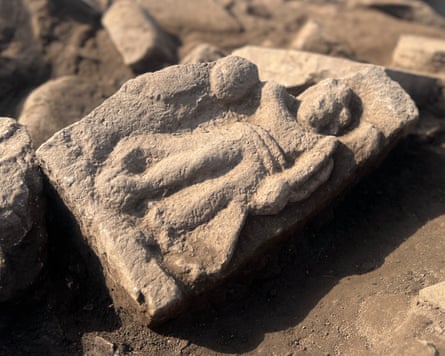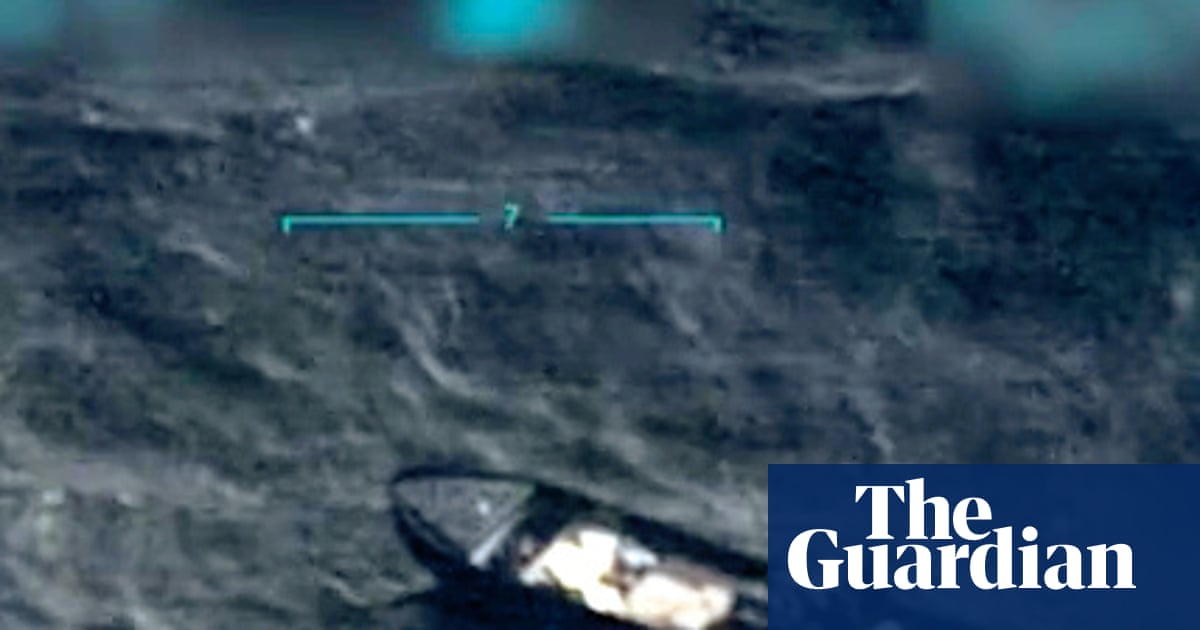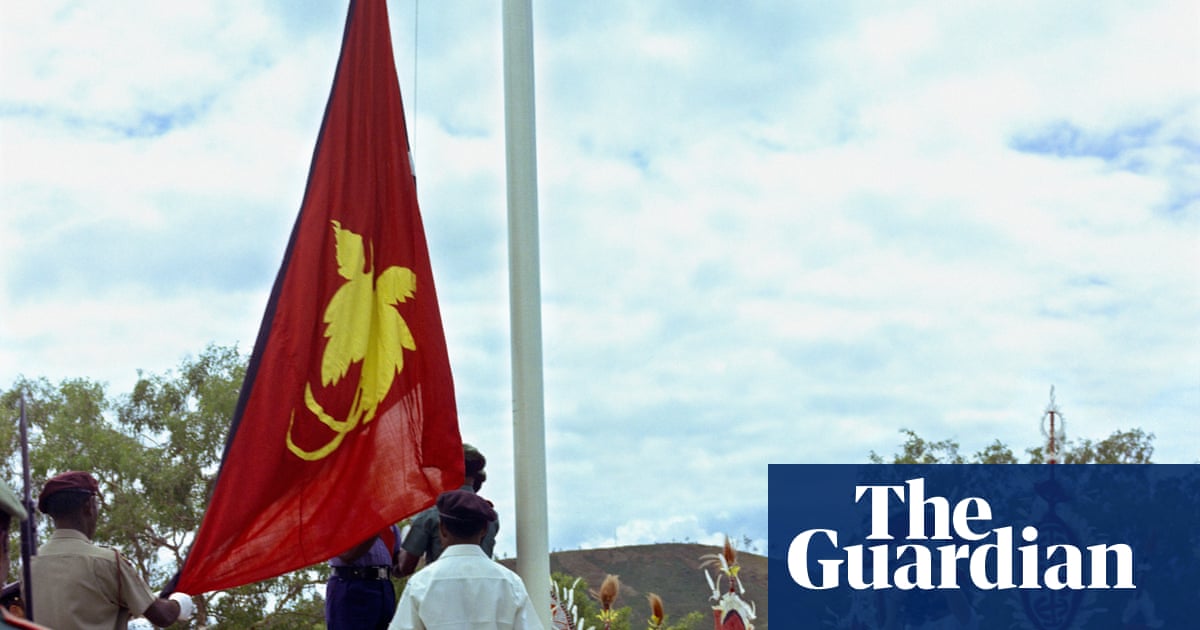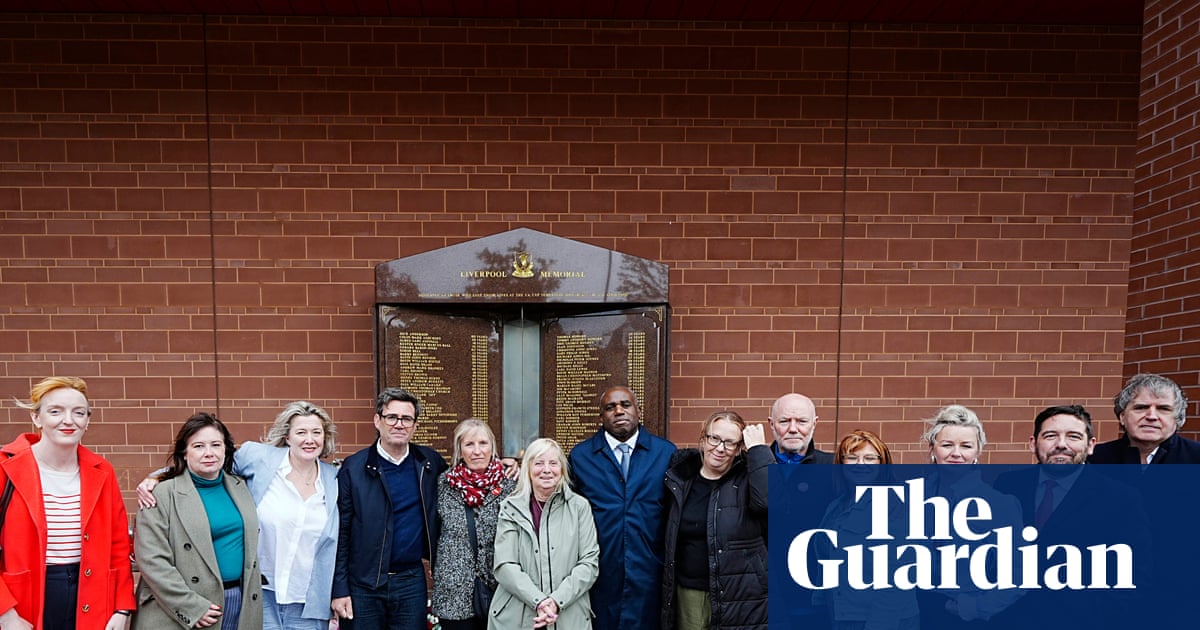A striking Roman depiction of the winged goddess of victory has been discovered near Hadrian’s Wall by volunteers helping archaeologists on an official excavation.
The stone relief was found by a Merseyside couple at Vindolanda, the site of the important Roman fort near Hexham, Northumberland.
Dilys Quinlan, 69, works in healthcare, while her husband, Jim, 68, is an engineer with Liverpool city council.
This season marks their 21st year as volunteers at Vindolanda, regularly travelling from their home near Liverpool to assist archaeologists at the site.
To their excitement, they spotted the stone relief in rubble that they were clearing above the site’s infantry barracks.
Dilys said: “We’ve spent the vast majority of our annual leave at Vindolanda over the years. As veteran diggers, it is without doubt the most wonderful thing we’ve ever done and, importantly, it’s something we do as a couple.
“It’s the best form of relaxation that we know of. We eat well, sleep well, we’re in good company and there’s always more to learn. What more could you ask for?”

Dr Andrew Birley, the director of excavations at Vindolanda, said: “For our volunteers to find things like this is just simply beyond wonderful because they put so much work and dedication into the site.
“There is that sense of palpable excitement when you turn over the 2,000th piece of Roman rubble and you see on the other side the face of a goddess staring right back at you. What you get there is a direct connection. It’s almost like you’re touching the past and all those years melt away, which is just wonderful. As archaeologists, as volunteers who dedicate so much time, we do this for these moments.”
He spoke of the public’s insatiable interest in archaeology: “When we open the applications for [volunteers] to join the excavations, we fill up in about a minute. It’s ridiculous. It’s a mini version of Glastonbury.
“I feel terrible because we probably get four or five thousand people who want to join us and we can only take five hundred … You’re actually a participant and, when you make discoveries like this, you’re writing yourself into the history of archeology in Britain.”
Rob Collins, a professor of Frontier Archaeology at Newcastle University, has identified the figure as Victory, the personification of victory in Roman religion and mythology, revered during times of war and often credited for battlefield success.
Birley said these particular barracks at Vindolanda were built at the end of a tumultuous time for the Romans in Britain, in about AD213, just after the Severan wars.
The 47cm-tall carving is thought to have symbolised the ends of the wars and to have been part of a much bigger relief. The barracks were once adorned with a large ornamental arch and gate.
after newsletter promotion
Birley said: “The beautifully carved figure vividly reminds us that Roman forts were not simply utilitarian. They had grandeur and of course the symbolism was a vital part of the culture here for the soldiers almost 2,000 years ago.”
Volunteers do everything from site recording to physical excavations. Asked whether they wished they had become professional archaeologists, Dilys said: “We’re very interested in history, particularly Greek and Roman … But no, we’re happy with the public service work that we do. Archaeology for us is a really great hobby.
“We feel very much part of the Vindolanda ‘family’, playing our small part in adding to the knowledge base of life on the frontier, but importantly, above all else, being part of something that is greater than yourself.”
The Vindolanda charitable trust has been accepting volunteers on to its excavations since its foundation in 1970.
Birley’s archaeologist father, Robin, headed the team that discovered the Vindolanda writing tablets in 1973. The handwritten wooden notes revealed first-hand information from the people who lived at the site 2,000 years ago.
The stone relief of Victory will go on public display in early 2026 at the Vindolanda Museum as part of an exhibition of recent discoveries.

 3 months ago
79
3 months ago
79

















































